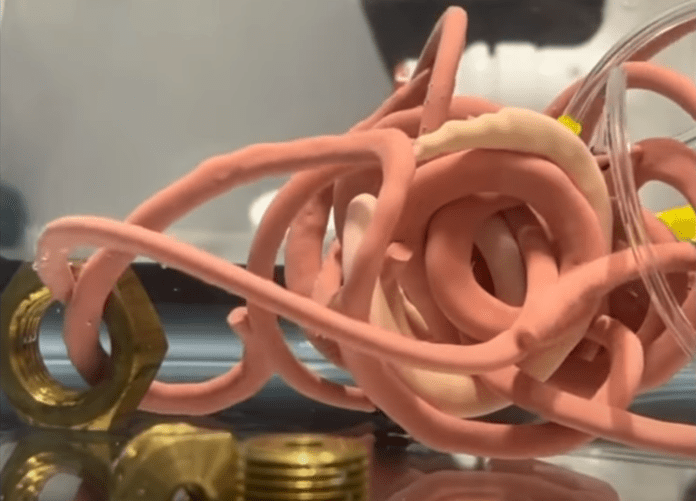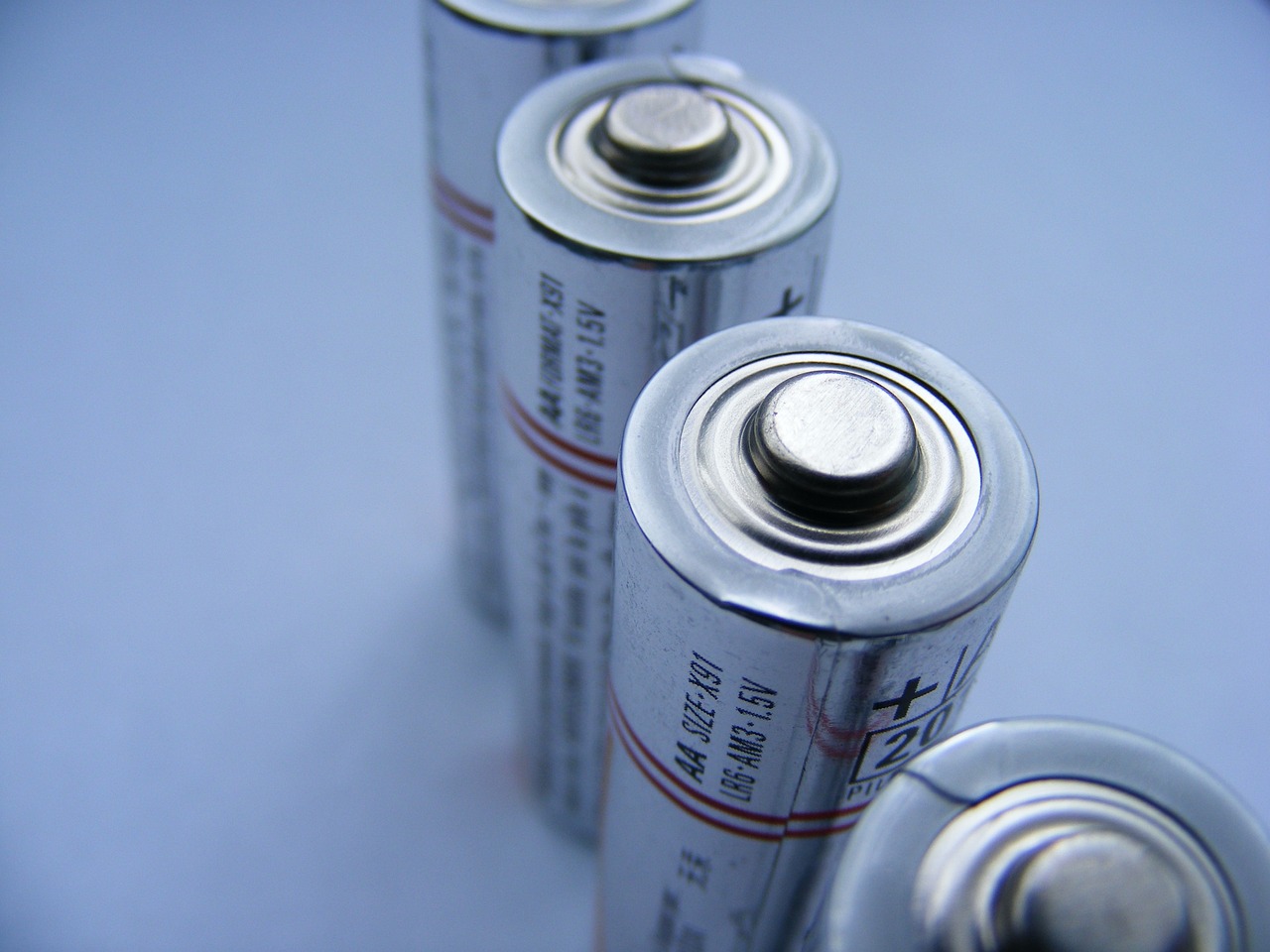This post is also available in:
 עברית (Hebrew)
עברית (Hebrew)
Drawing inspiration from an unlikely source—the California blackworm—a team of researchers at Harvard has developed a new class of robotic swarms that physically entangle and move together as a collective. The design mimics how the real-life worms naturally form living clusters to survive environmental stress, protect themselves, and travel more efficiently as a group.
These flexible robots, each around 30 centimeters long, are built from soft polymer materials and contain internal chambers that can be pressurized to make them curl. When placed close to each other, they naturally twist and latch together, forming a blob-like structure that behaves as a single unit. This setup allows the group to move across surfaces or float in water, maintaining cohesion without centralized control.
Unlike traditional robot swarms that rely heavily on digital communication and coordination software, this system leverages the physical properties of entanglement to maintain structural unity. Researchers are now examining whether this form of mechanical coupling can also support information sharing between individual robots—essentially creating a form of physical “conversation” through tension, motion, and shape.
The technology has received recognition for its innovative mechanics, winning Best Paper on Mechanisms and Design at the IEEE International Conference on Robotics and Automation. Beyond the novelty of its biological origins, the platform opens up new directions in swarm robotics, particularly for scenarios where digital communication may fail or be impractical.
Potential applications include autonomous environmental monitoring, disaster response in confined or irregular terrain, and collective transport of objects that would be too large or complex for a single robot.
Although the current system requires external power sources, the team is working toward fully untethered versions with embedded actuation and control, possibly using microfluidic systems. With development ongoing, these worm-inspired robots demonstrate how biological systems can inform resilient and adaptive engineering solutions.


























